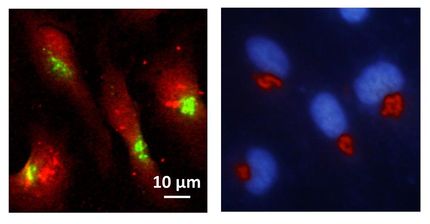Volcano pollution could lead to Parkinson’s misdiagnosis
Research suggests that the effects of pollution from eruptions from Mount Etna could be leading to misdiagnosis of Parkinson’s disease in the surrounding area.
Scientists in Italy used X-ray photoelectron spectroscopy (XPS) for the first time to investigate the chemical composition of the surface of stones emitted from the volcano. XPS allowed them to differentiate between elements present on the stone surface and elements in the bulk, to provide them with information on which elements in particular are being leached from the stones into the surrounding environment.
The scientists found that more than twice as much manganese was found on the surface of the stone samples than in the bulk, which could explain why recent analysis of water from Etna wells showed high levels of manganese among other elements.
Chronic exposure to manganese can cause manganism. Symptoms include impaired motor skills and tremors – symptoms that are also typical of Parkinson’s disease. The scientists suggest that their surface analysis indicates that some cases of Parkinson’s in east Sicily, where there is a higher than average number of cases, may actually be due to misdiagnosed manganism.
Original publication
Organizations
Other news from the department science

Get the life science industry in your inbox
By submitting this form you agree that LUMITOS AG will send you the newsletter(s) selected above by email. Your data will not be passed on to third parties. Your data will be stored and processed in accordance with our data protection regulations. LUMITOS may contact you by email for the purpose of advertising or market and opinion surveys. You can revoke your consent at any time without giving reasons to LUMITOS AG, Ernst-Augustin-Str. 2, 12489 Berlin, Germany or by e-mail at revoke@lumitos.com with effect for the future. In addition, each email contains a link to unsubscribe from the corresponding newsletter.



















































